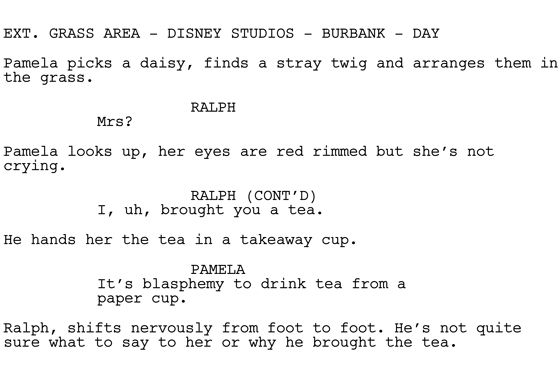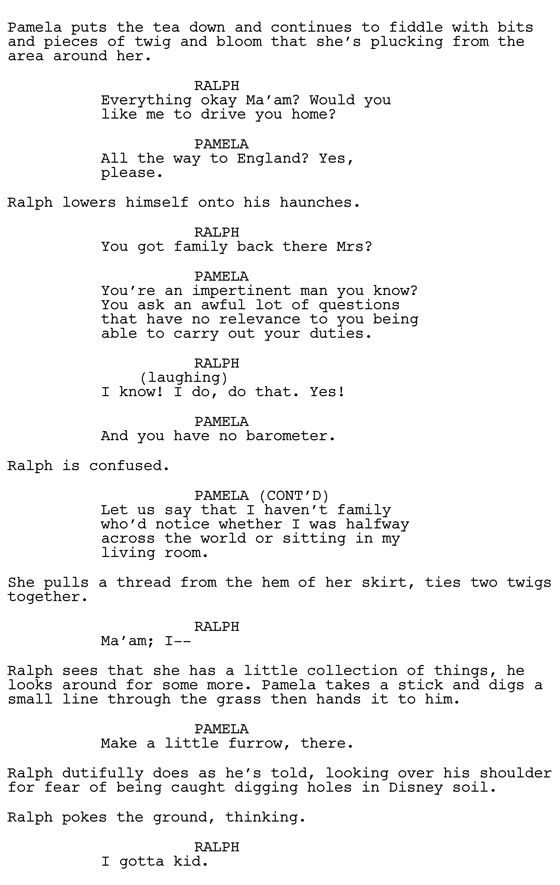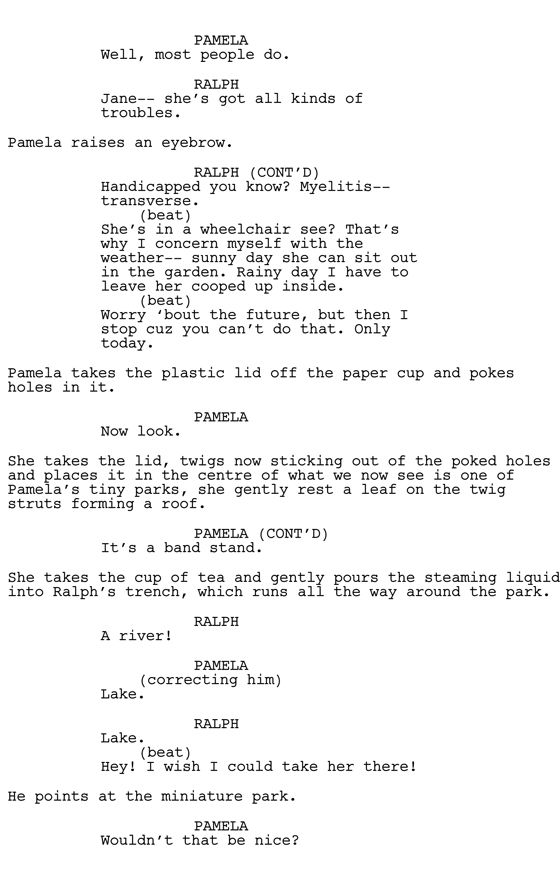
In this series, Vulture has been speaking to the screenwriters behind 2013’s most acclaimed movies about the scenes they found most difficult to crack. What pivotal sequences underwent the biggest transformations on their way from script to screen? Today, Saving Mr. Banks co-writer Kelly Marcel discusses a key scene wherein Mary Poppins author Pamela Travers (Emma Thompson), who’s frustrated by Walt Disney’s movie adaptation of her classic books, has something of a heart-to-heart with her driver, Ralph (Paul Giamatti).
Loads of scenes come to mind for this, but the one I would say was the most tricky is the scene between Pamela and Ralph where they’re building a little park together on the Disney lot. I had really struggled with finding a way to access Pamela for the audience, and using Ralph as a conduit for that was the way I decided to do it. This scene didn’t actually happen until late into writing the script, because Ralph didn’t exist until very, very late in the process. So it was tricky to drop his story line in and to find the places where he would allow us to see her differently.
In that scene, he reveals that he has a child who is handicapped, and I felt like, God, this could become really schmaltzy and heavy-handed and not truthful. So I probably rewrote that scene about twenty times, because every time he spoke and tried to explain his daughter to her, it came out as sort of manipulative, which Ralph isn’t at all. There’s also the fact that Pamela doesn’t really have a reaction to that, because she wouldn’t. Initially, when I first started writing the scene, she did react, and she did have a conversation about it. And it suddenly became incredibly schmaltzy! It was like, Oh God, ugggh.
Gradually, I just took all of her dialogue away from her, and just kept her literally only talking about the park and wanting to go home while this poor man is pouring his soul out. So it’s really tricky to write a scene where one person is exposing an enormous painful truth about his life, and the other person is responding with a completely different agenda. She is so unsympathetic, or so you think, because we reveal later that she did care. But she usually finds it impossible to empathize with people, and how can you not empathize when someone tells you his child is handicapped? It was really hard to find the balance.
I love that she gets on the ground and digs. That was Emma Thompson’s idea. We’d had it where she just gets down on her knees, but Emma said, “No, she should properly sit down on her ass on the ground.” And it was great, because just that physical act is a new way of seeing Pamela. We’ve seen her building these parks as a girl, but we haven’t seen the girl in Pamela.




